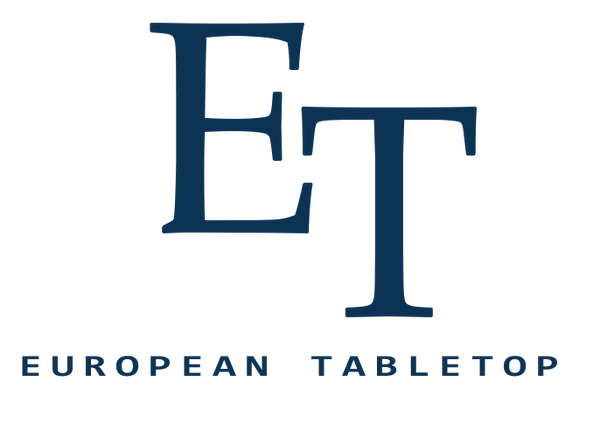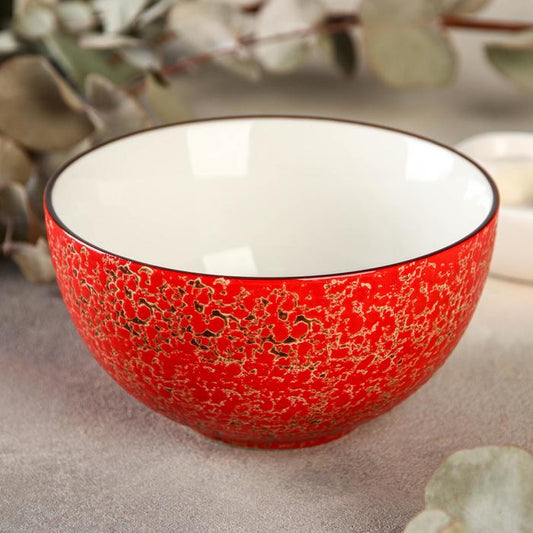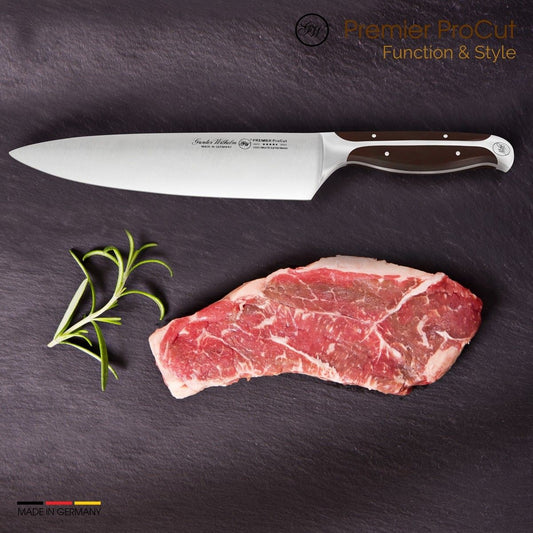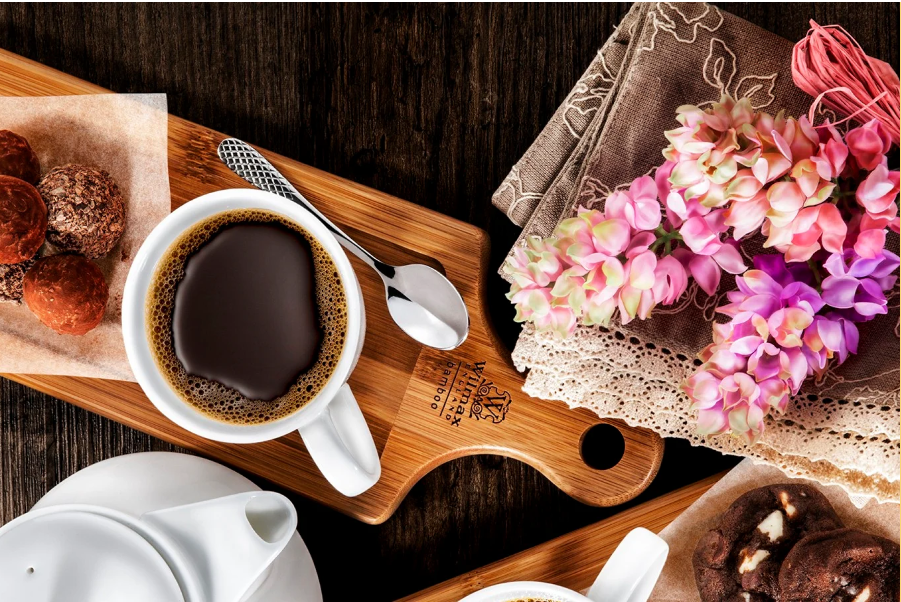3D-Printed Pasta & Chocolate: The Future of Custom Dining Experiences
Once a futuristic party trick, 3D food printing is maturing into a tool that blends artistry, technology, and personalization — one exquisite bite at a time.

A Scene Straight from the Future
In the softly lit test kitchen of a Michelin-starred restaurant in Paris, a chef leans over what looks like a sleek espresso machine. Instead of coffee beans, its compartment holds silky pasta dough. The chef taps a tablet, and the nozzle begins tracing an intricate spiral directly onto a baking tray — a pasta shell so delicate it could pass for fine jewelry. A few feet away, another printer hums quietly, extruding tempered dark chocolate into a lattice dome that will soon be placed atop a dessert plate, hiding a cascade of berries and cream inside. This isn’t science fiction anymore — it’s dinner service in 2025.
From Laboratory Curiosity to Culinary Tool
The origins of 3D food printing trace back to the early 2010s, when engineers experimented with extruding edible pastes in patterns. At first, the results were underwhelming — blocky shapes, limited textures, and glacially slow print speeds. But over the past decade, advances in precision nozzles, ingredient compatibility, and software design have transformed the technology into something chefs actually want to use.
“We’ve moved past the novelty stage,” says Chef Alessandro Conti of Rome’s celebrated Osteria di Luce. “Now, it’s about function, artistry, and efficiency. I can print 100 identical ravioli in less than 15 minutes, all with perfectly even fillings and exact folds.”
The Art and Science of Edible Printing
At its core, 3D food printing works like its industrial counterpart: an ingredient — often in paste, puree, or ganache form — is loaded into a cartridge. Guided by a digital design file, the printer extrudes the edible “ink” layer by layer. The results range from complex geometric pasta that defies traditional shaping methods to multi-layer chocolate sculptures impossible to mold by hand.
- Pasta Printing: Shapes inspired by seashells, architecture, and even mathematical fractals.
- Chocolate Creations: Hollow spheres with surprise fillings, sculptural toppers, and branded dessert garnishes.
- Decorative Accents: Custom edible logos, monograms, or themed event designs.
Why It’s More Than Just a Gimmick
When the technology first debuted in high-end kitchens, critics dismissed it as an expensive stunt. But chefs quickly discovered its advantages:
- Precision: Consistency in portion size and structure.
- Creativity: Freedom to design shapes never before possible.
- Efficiency: Faster production during peak service hours.
- Customization: Personalized dining experiences for events and private clients.
For chocolatiers, the benefits are especially striking. Instead of pouring tempered chocolate into rigid molds, they can print bespoke designs on demand, cutting waste and reducing storage needs.
The Social Media Effect
The rise of Instagram-worthy food has turbocharged interest in 3D-printed dishes. TikTok videos of chocolate spheres cracking open under warm caramel sauce or pasta shaped like coral reefs rack up millions of views. For restaurants, the visual drama translates into viral marketing and customer buzz.
“Half the experience now is in the reveal,” says pastry chef Maria Lin of New York’s Atelier Bloom. “When a guest films their dessert unveiling, they’re sharing my work with thousands of potential diners in seconds.”
Beyond Fine Dining
While Michelin-starred kitchens may be the most glamorous adopters, 3D food printing is spreading into other markets:
- Event Catering: Weddings, galas, and corporate functions offering personalized edible keepsakes.
- Luxury Hotels: Turn-down chocolates shaped like the property’s logo.
- Home Enthusiasts: Compact, consumer-friendly printers for culinary hobbyists.
Some bakeries now offer customers the ability to send in their own designs — a child’s doodle becomes a chocolate topper for a birthday cake.
The Challenges Ahead
For all its promise, the technology isn’t without hurdles. Machines remain costly, ingredient cartridges have shelf-life limits, and not all recipes adapt well to extrusion. Texture can be tricky — pasta printed too thin may lose its bite, and chocolate requires precise temperature control to maintain sheen and snap.
Training is another barrier. Chefs must learn both the technical aspects of operating the printer and the culinary adjustments needed for printable recipes. But as early adopters refine their processes, these challenges are gradually shrinking.
The Next Chapter: AI Meets 3D Food Printing
Experts predict the next leap will be AI-assisted menu personalization. Imagine walking into a restaurant, scanning a QR code, and receiving a pasta dish printed in a shape, size, and nutrient profile tailored to your dietary needs — all based on your preferences, health goals, and even mood.
“We’re heading towards hyper-personalization,” says food tech analyst Daniel Reyes. “It’s not just about pretty shapes — it’s about making food that’s beautiful, delicious, and engineered for the person eating it.”
“Soon, your pasta won’t just be made for you — it will be made about you.”
The Flavor of the Future
Whether it’s a rose-shaped ravioli served with a whisper of sage butter or a chocolate cathedral cradling candied orange peel, 3D food printing is changing how we think about the act of dining. It’s not replacing traditional techniques — it’s adding an entirely new layer to the chef’s toolbox.
In the end, what lands on the plate still has to taste extraordinary. Technology can dazzle, but flavor is timeless. For now, 3D-printed pasta and chocolate are helping restaurants and home chefs alike explore that delicious intersection where innovation meets indulgence.
Share:





